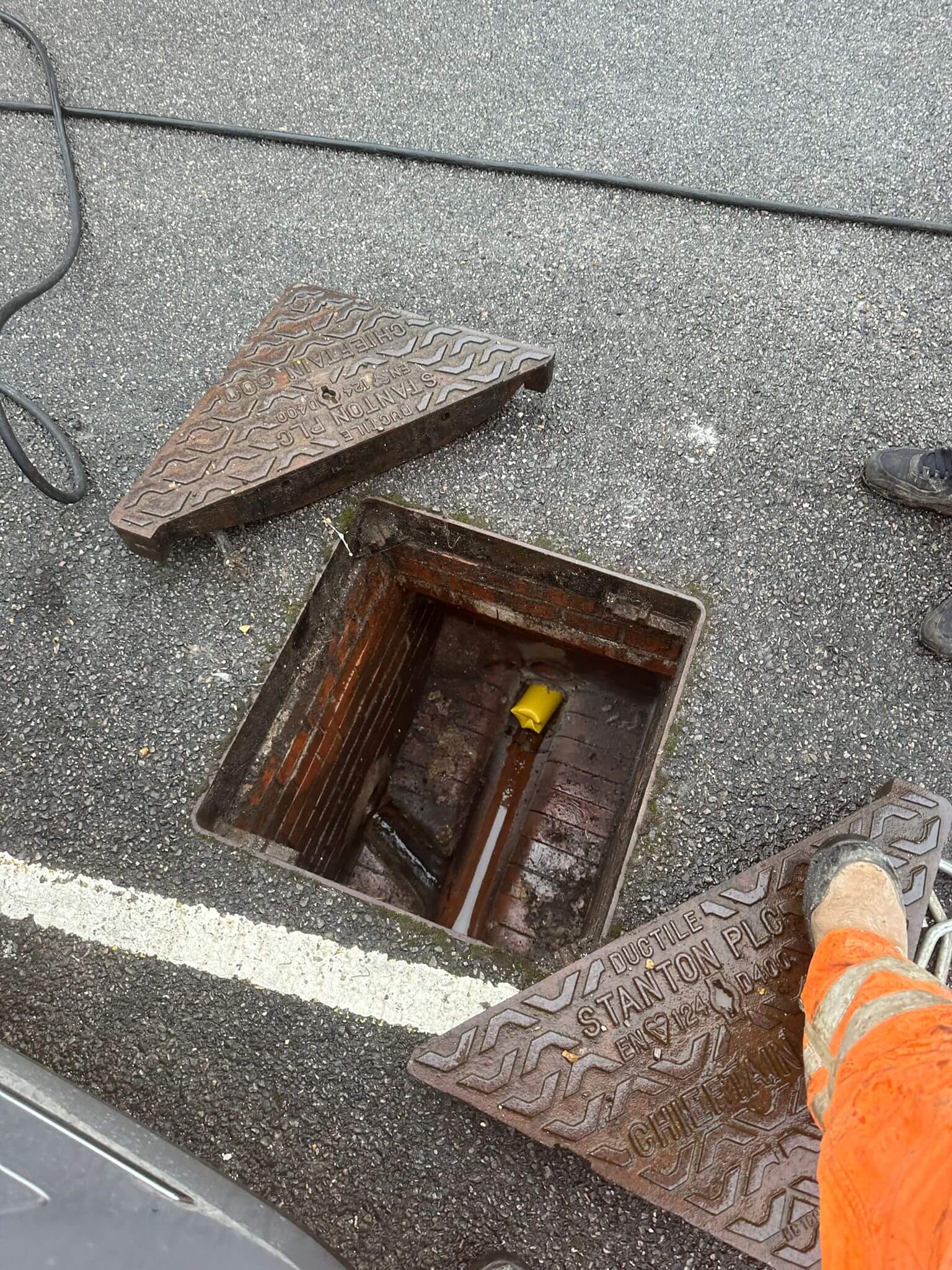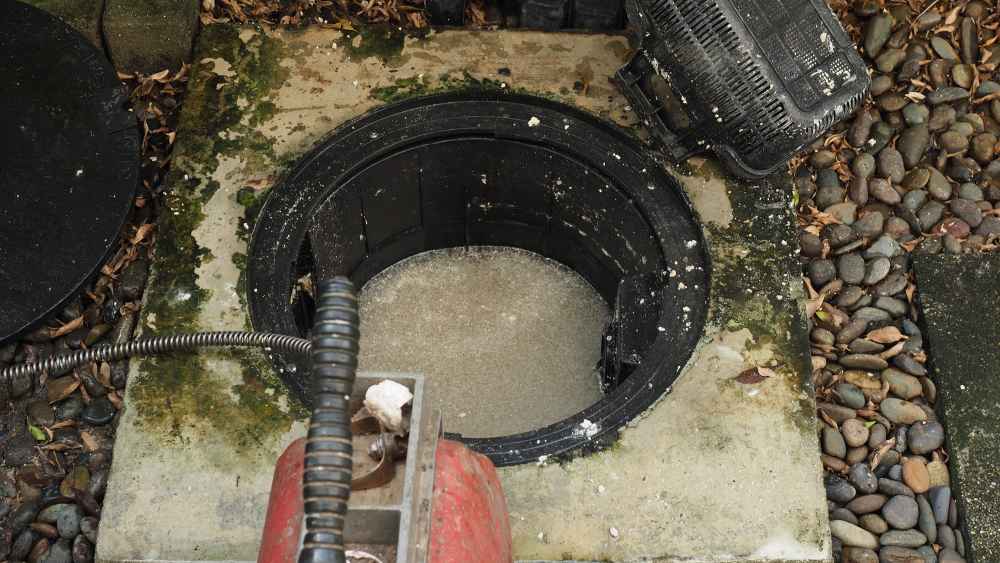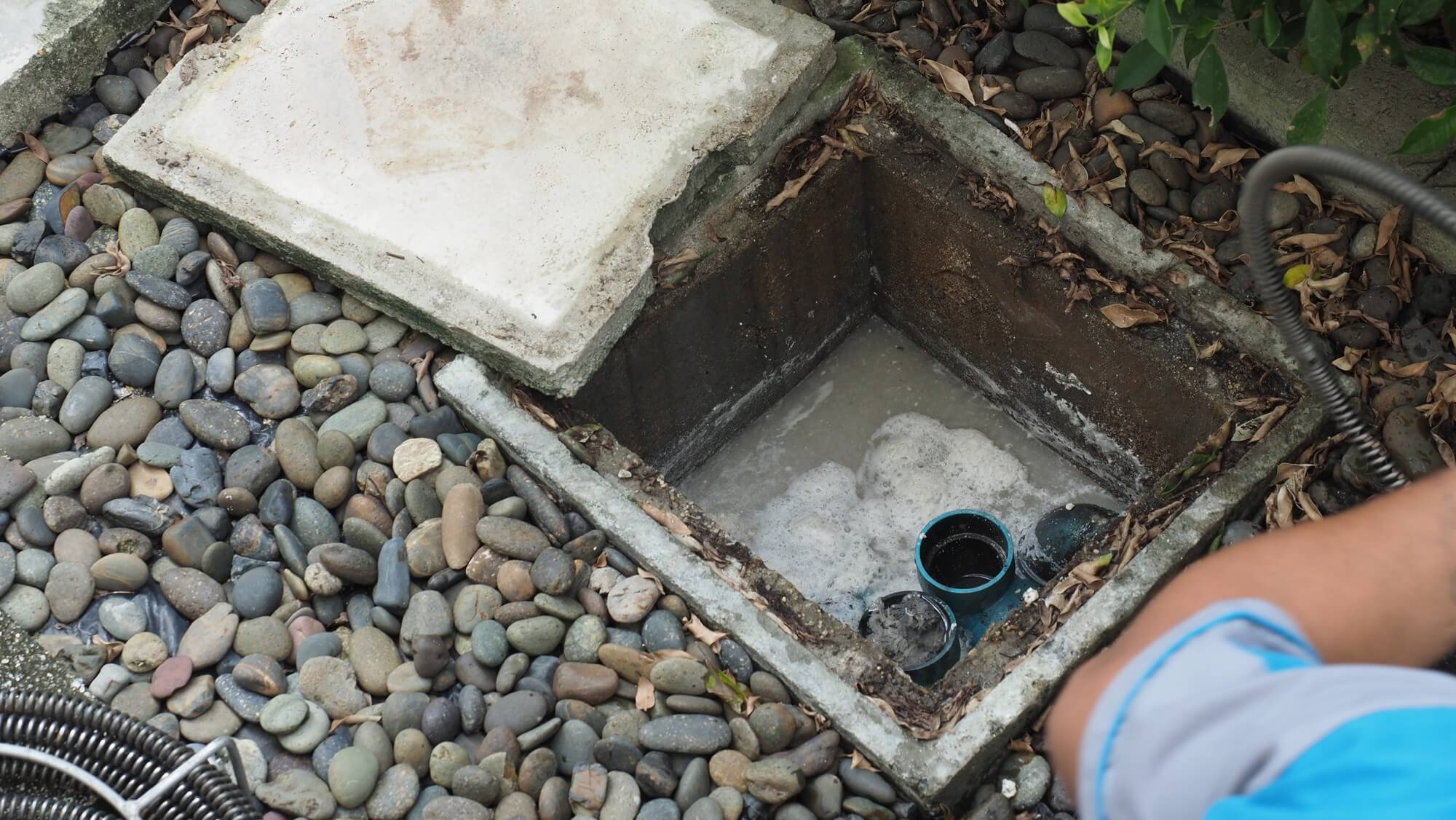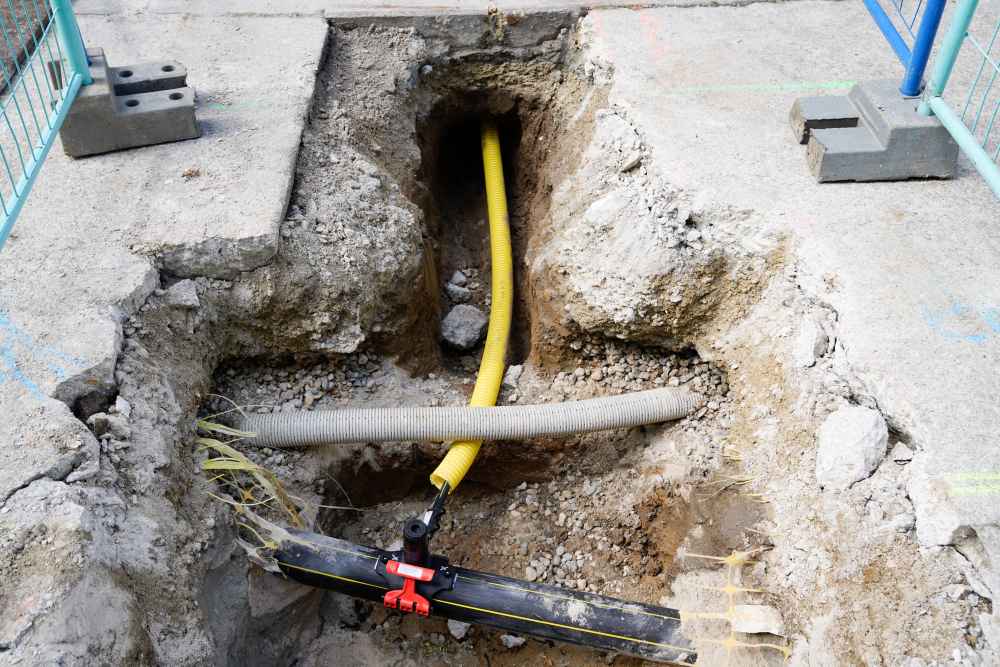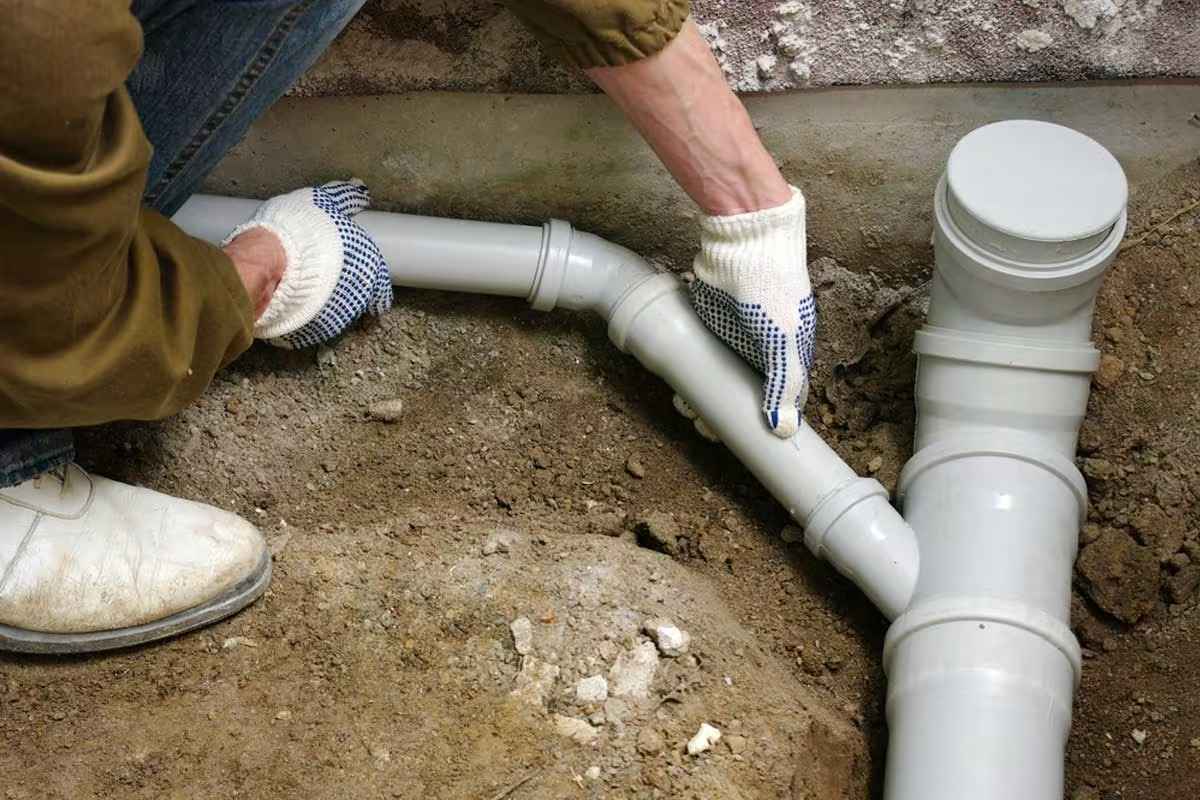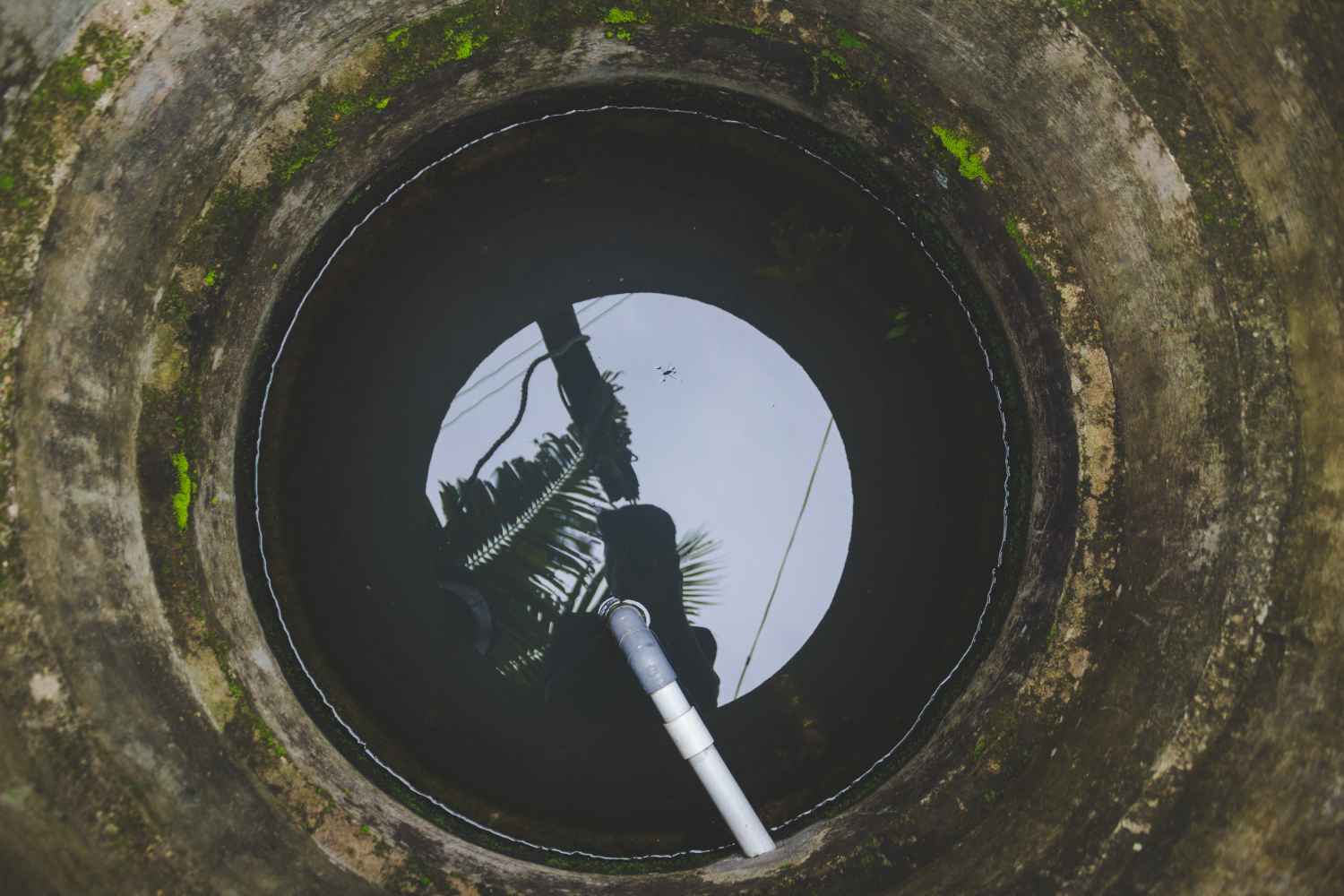Category
Blog
Date
October 17, 2024
Author
Marco

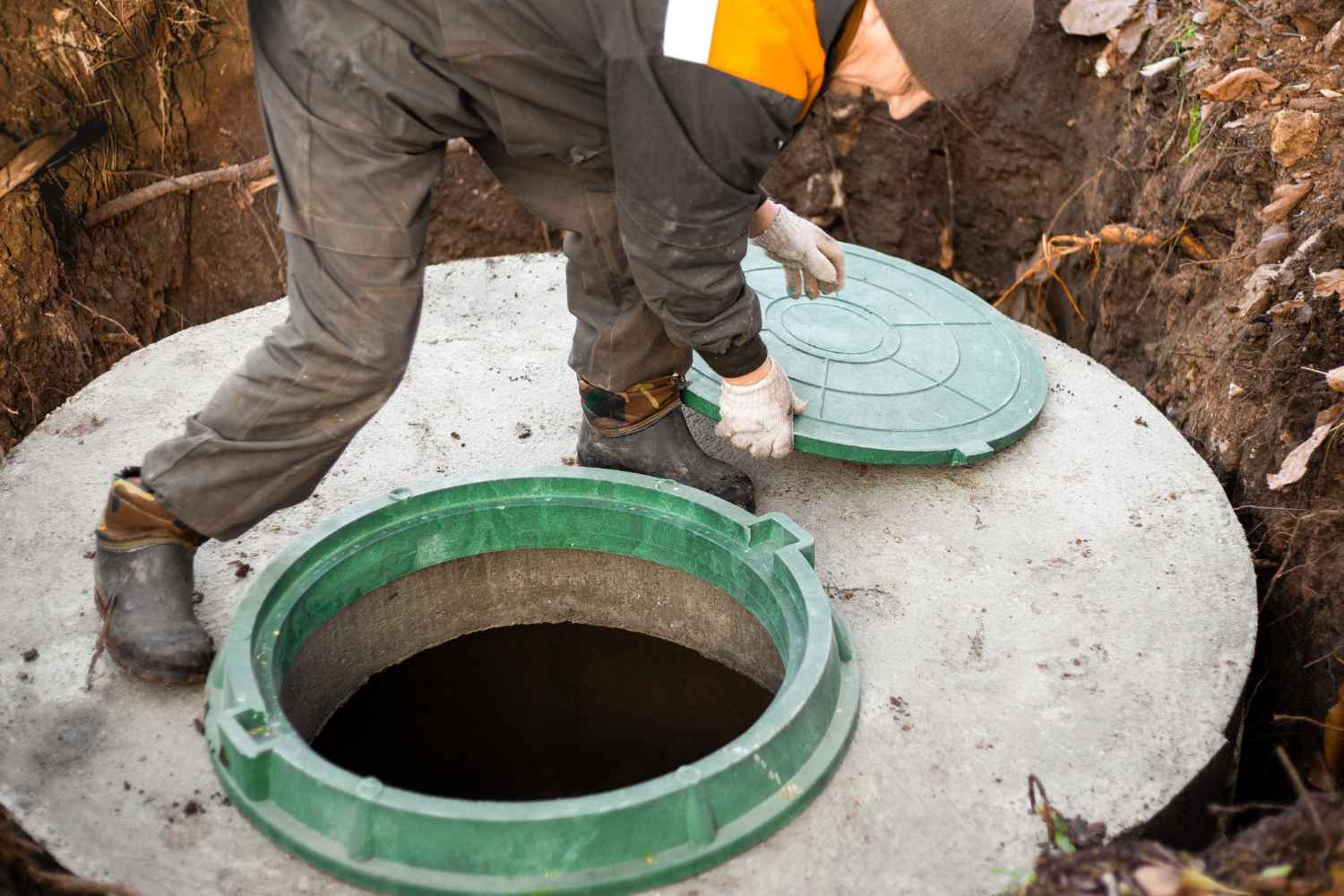
Do you require the services of a septic tank system, such as replacing a worn-out or outdated system or installing a new system entirely? Knowing the steps and factors that go with the process is important for anyone planning to install a septic tank as a home project or hire a professional contractor.
Septic tanks are essential for managing wastewater and preventing groundwater pollution. Unlike centralised water treatment, which relies on chemicals, septic systems use only bacteria and soil for water treatment. A septic tank is a sewage management system for handling waste generated within a specific area.
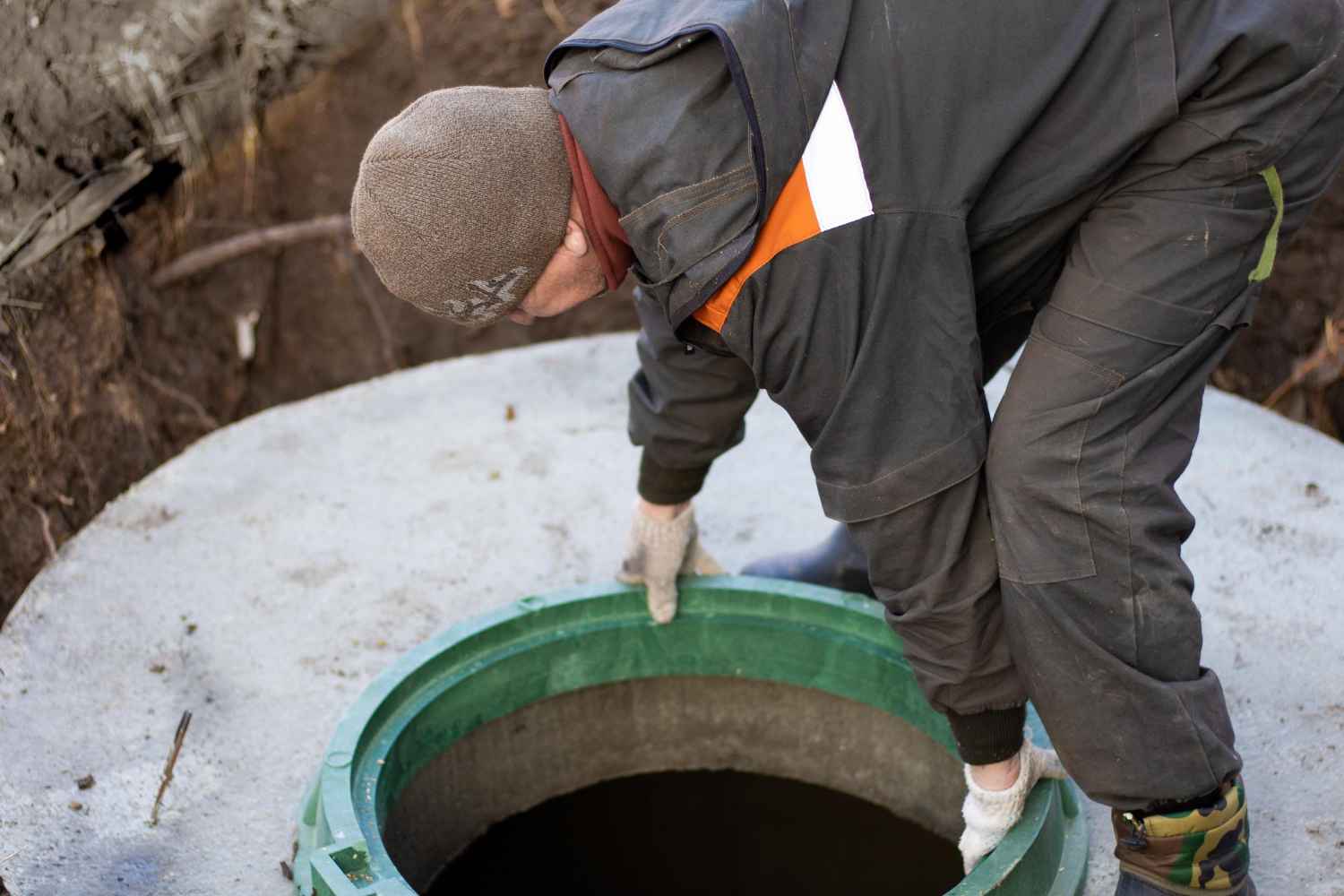
Before you start the installation process, it’s essential to prepare thoroughly:
Dig a shallow pit the appropriate size for the tank and fill it with the same soil. Ensure the hole is deep enough to accommodate the drainage falls of a gravity system, which is 1 in 60/70 between the house and the tank and a maximum of 1 in 200 for the drainage field.
To ensure the tank’s stability, create a solid base, often concrete. Follow the manufacturer’s recommendations for the type and thickness of the base.
Place the tank carefully into the hole. Lift the tank carefully into the hole according to the manufacturer’s instructions and the lifting mechanism provided. Check whether the tank’s position is level, and whether the inlets and outlets are positioned correctly.
Stabilise the tank using the recommended backfill material, concrete, gravel, or sand, depending on the manufacturer’s recommendation. Always ensure that you do as they direct you because it will be very expensive to repair if you harm the tank.
Dig trenches for your drainage field properly, size them, and install them according to your design. For further details, check other sources on how to size and install a septic drainage field.
The tank’s inlet is the house’s Drainage Pipe, and its outlet is the Drainage Field. This step should not be challenging if the planning phases have been completed perfectly. If you doubt, do not proceed without consulting a plumber.
If the backfill design is inappropriate, replace the maintenance hole covers and position them in areas not subject to traffic. If this is the case, consult a structural engineer.
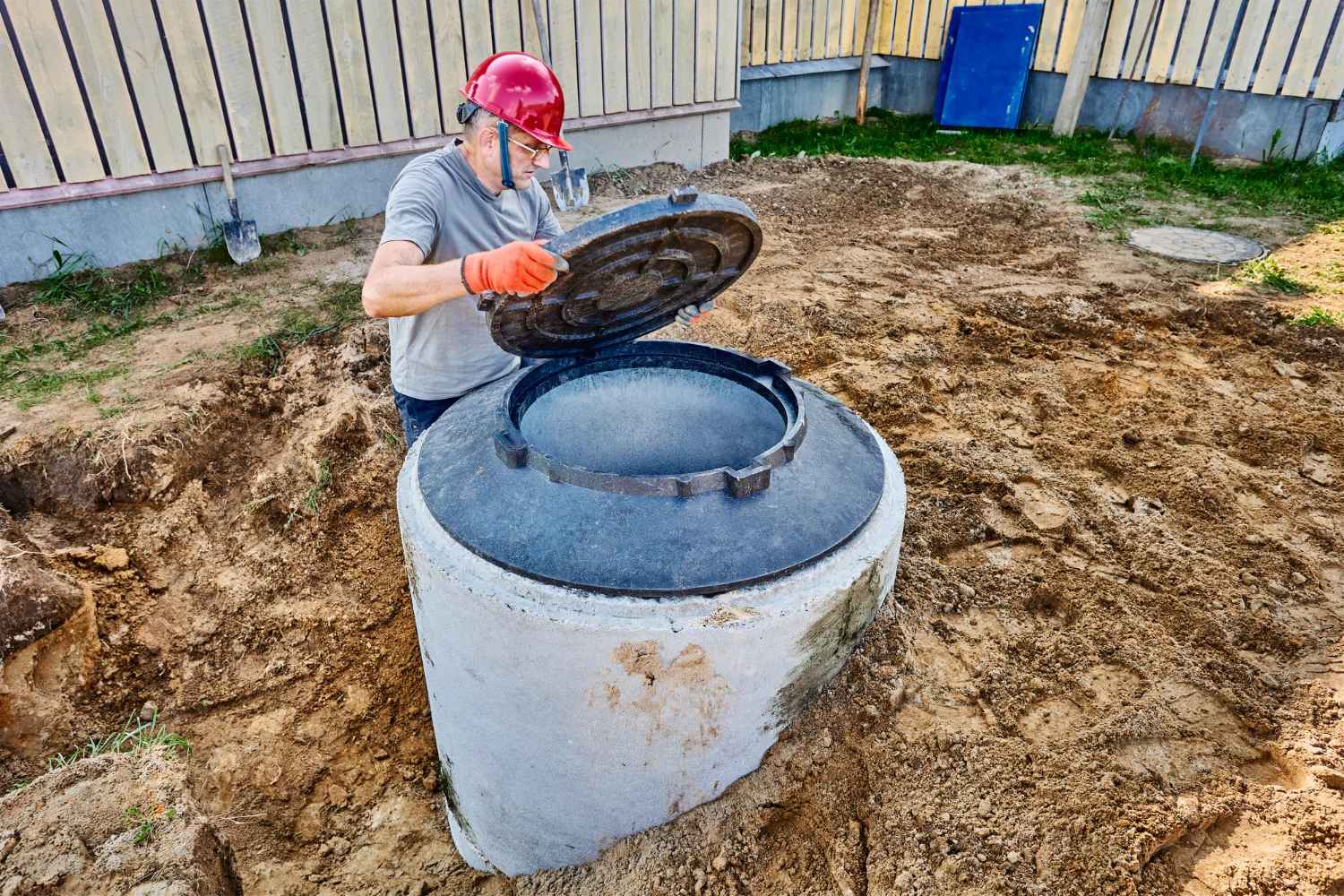
A standard type of system uses gravity, and wastewater is expected to flow from the tank to the drainage field. Pitch and slope considerations must be well thought out and planned to avoid compromising the house’s overall appeal.
Other systems, like electric pumps or ATUs, which use septic tanks together with leach fields, are a bit more complicated and may be required, especially where soils are poor or the water table is high. Many of these systems must be professionally installed since they are intricate and directly affect the environment.
Installing a septic tank involves numerous steps and considerations, from initial planning and preparation to the final installation and connection of pipes.
While DIY installation may also be preferred to reduce expenses, installation procedures must meet regulatory requirements set by the law and environmental standards to avoid legal ramifications. Hiring a professional contractor can provide peace of mind and ensure the system’s reliability and safety.
